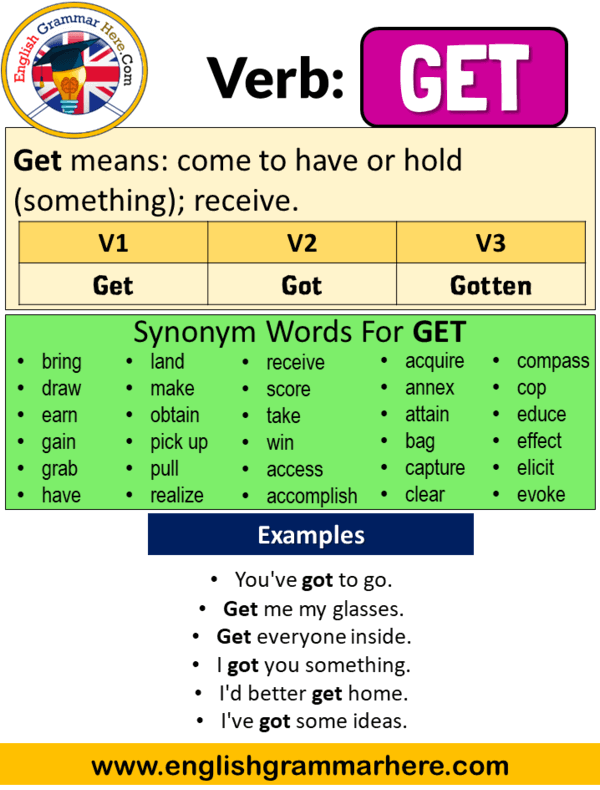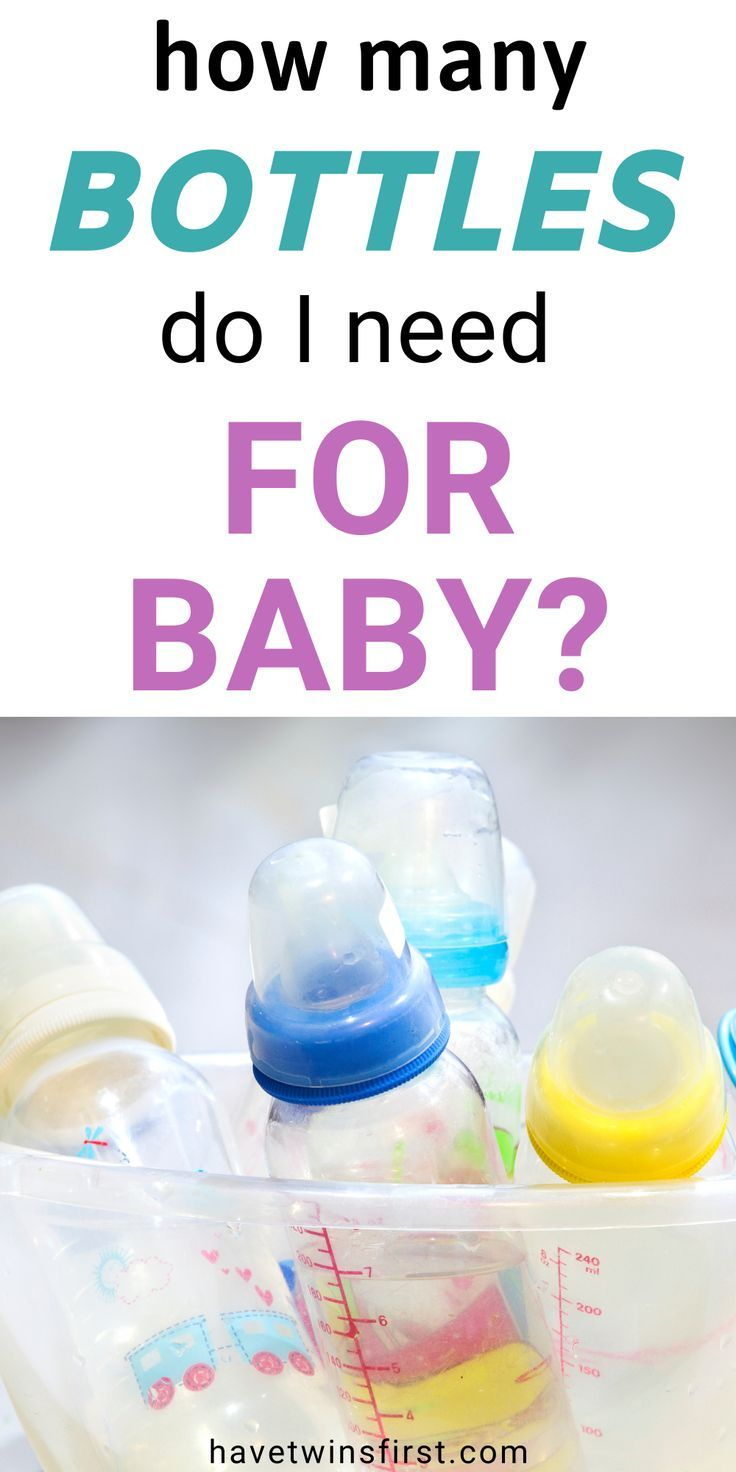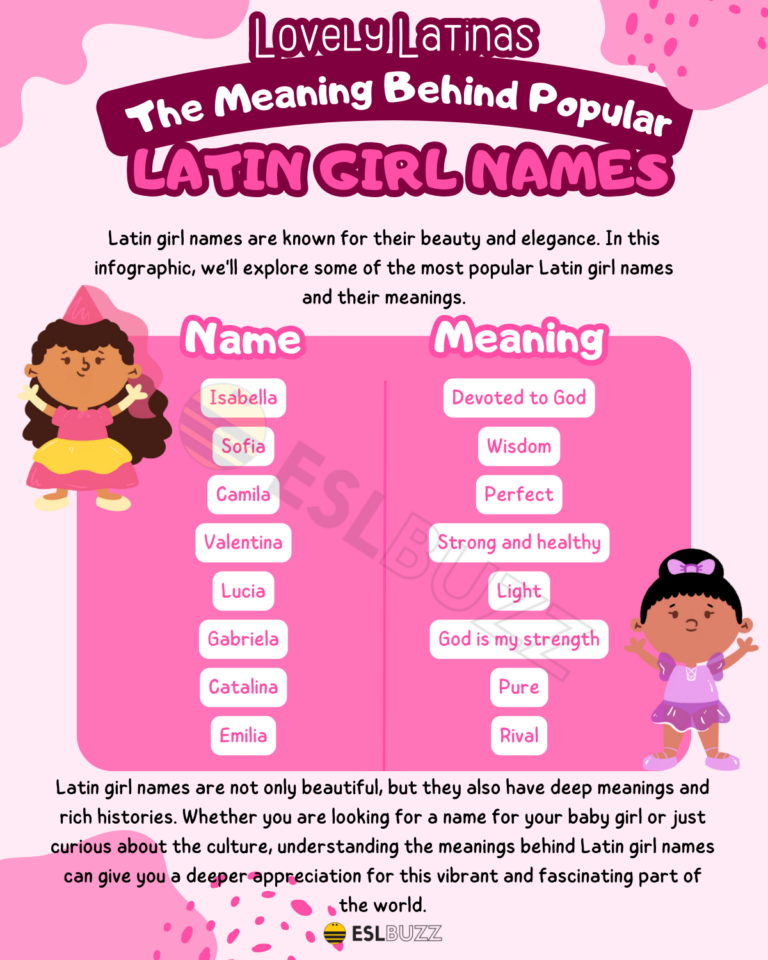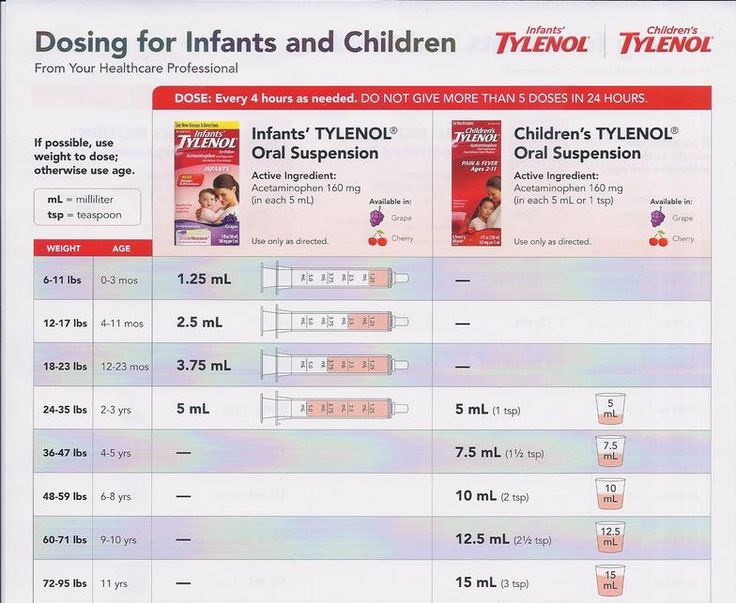How To Get Breastfed Baby To Take Bottle Quickly
Are you a new parent struggling to get your breastfed baby to take a bottle quickly? This can be a common challenge for many parents, but with the right techniques and approach, you can help your baby transition smoothly from breastfeeding to bottle feeding. In this article, we will discuss effective strategies to encourage your breastfed baby to take a bottle quickly and make the transition easier for both you and your little one.
Knowledge
First and foremost, it’s essential to understand why some breastfed babies may resist taking a bottle. Breastfeeding provides not only nourishment but also comfort and closeness for babies. The shape and feel of a bottle nipple may be unfamiliar to your baby, leading to initial rejection.
One effective way to get your breastfed baby to take a bottle quickly is to introduce the bottle early, ideally around 4-6 weeks of age. Starting early helps your baby become familiar with both breastfeeding and bottle feeding, making the transition smoother.
When selecting a bottle and nipple for your breastfed baby, opt for a bottle that mimics the shape and feel of a breast. Look for bottles with a slow flow nipple to prevent rapid milk flow, which can cause nipple confusion. Experiment with different bottle brands and nipple shapes to find the one that your baby prefers.
Another helpful tip is to use breast milk in the bottle initially. Pumped breast milk has the familiar taste and smell that your baby associates with breastfeeding, making it more likely for your baby to accept the bottle. You can gradually transition to formula once your baby is comfortable taking the bottle.
Timing is crucial when introducing the bottle to your breastfed baby. Choose a time when your baby is calm and not overly hungry to offer the bottle. Avoid forcing the bottle on your baby or waiting until they are too hungry, as this can lead to frustration and resistance.
It’s essential to remain calm and patient during the bottle feeding process. Babies can pick up on your stress and anxiety, which can make them more resistant to trying something new. Create a relaxing environment, maintain eye contact with your baby, and offer gentle encouragement during bottle feeding sessions.
Conclusion
In conclusion, getting your breastfed baby to take a bottle quickly requires patience, persistence, and understanding. By introducing the bottle early, choosing the right bottle and nipple, using breast milk, offering the bottle at the right time, and staying calm and patient, you can help your baby make a smooth transition from breastfeeding to bottle feeding.
Key strengths of this approach include promoting flexibility for both you and your baby, allowing others to help with feeding, and ensuring that your baby receives proper nutrition even when you are not available for breastfeeding.
In the fast-paced world of parenting, being able to get your breastfed baby to take a bottle quickly can provide convenience and peace of mind. Remember that every baby is unique, so be patient and persistent in finding the right approach that works best for your little one.






